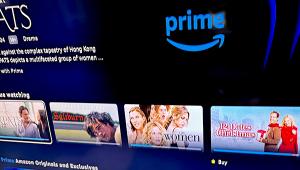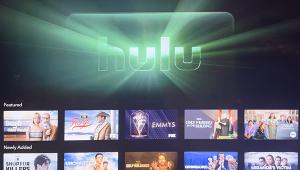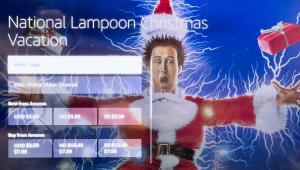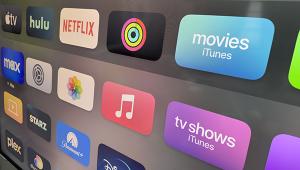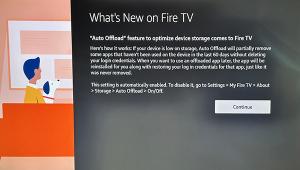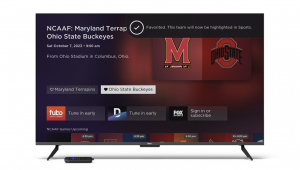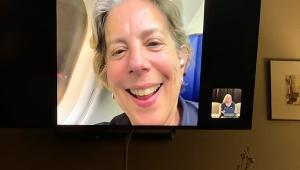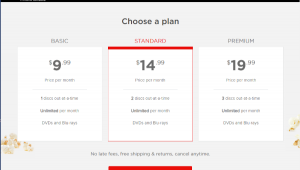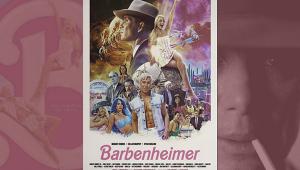Would Plex constitute a media controller? This is an app I have on my blu-ray player and its corresponding app is on my Mac. The files are on the computer and the app on the player streams them to the blu-ray player and then onto my television.
I don't know if others have used this, but it's fairly easy to set up and works quite well.






